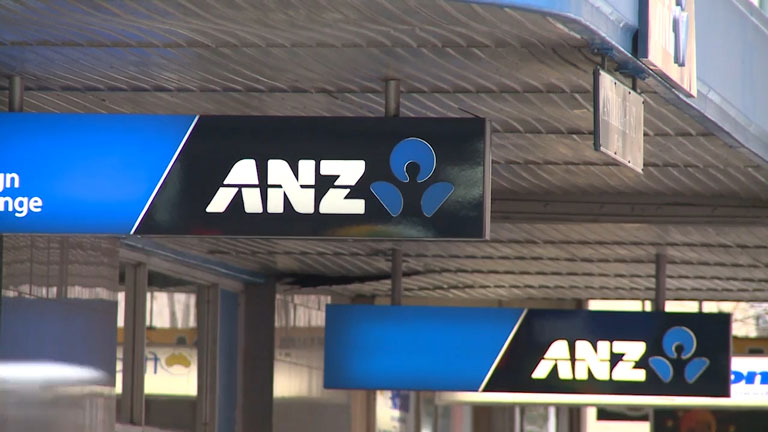ANZ today announced an agreement to sell its Retail and Wealth business in Singapore, Hong Kong, China, Taiwan and Indonesia to Singapore’s DBS Bank. This continues its realignment of its business away from Asia, although ANZ will focus on running a world class Institutional Bank in Asia they said.
 The Retail and Wealth business being sold includes ~$11 billion in gross lending assets, ~$7 billion in credit risk weighted assets and ~$17 billion in deposits. In the 2016 financial year, the business accounted for approximately $825 million in revenue and net profit of ~$50 million.
The Retail and Wealth business being sold includes ~$11 billion in gross lending assets, ~$7 billion in credit risk weighted assets and ~$17 billion in deposits. In the 2016 financial year, the business accounted for approximately $825 million in revenue and net profit of ~$50 million.
Most people currently employed in ANZ’s Retail and Wealth business will join DBS providing continuity for customers and greater opportunities for staff.
Sale price represents an estimated premium to net tangible assets at completion of ~$110 million. ANZ will take a net loss of ~$265 million including write-downs of software, goodwill and property, and separation and transaction costs. The impact is expected to be slightly higher in the first half of FY2017, but offset back to ~$265m in subsequent periods.
The sale is expected to increase ANZ’s CET1 capital ratio by around 15-20 basis points and is expected to be broadly EPS and ROE neutral.
The transaction is subject to regulatory approvals in each market with completions anticipated over the next 18 months progressively from mid-2017.
ANZ will focus on the Group’s core Asian business in Institutional Banking where it is ranked a top four corporate bank with a significant ongoing presence in 15 Asian countries and $43 billion in gross lending assets.
Commenting on the transaction from Hong Kong, ANZ Chief Executive Officer Shayne Elliott said: “Our strategic priority is to create a simpler, better capitalised, better balanced bank focussed on attractive areas where we can carve out winning positions.
“Asia remains core to ANZ’s strategy. This transaction simplifies our business while allowing us to continue to benefit from higher levels of growth in the region through a focus on our largest, most successful business in Asia – banking large corporate and institutional clients
driven by trade and capital flows particularly with Australia and New Zealand.
“By focussing our resources in Asia – whether that is capital, technology or people – on Institutional Banking, we can continue to build a world-class, capital efficient business by strengthening our network and the support we provide to our key institutional clients.
“In Retail and Wealth, although we have grown a profitable business in Asia, without greater scale ANZ’s competitive position is not as compelling.
“Having looked carefully at the business in recent months, it is clear the environment we face has changed and to make a real difference for our Retail and Wealth customers, we would need to make further investments in our Asian branch network and digital capability.
Further investments do not make sense for us given our competitive position and the returns available to ANZ,” Mr Elliott said.
